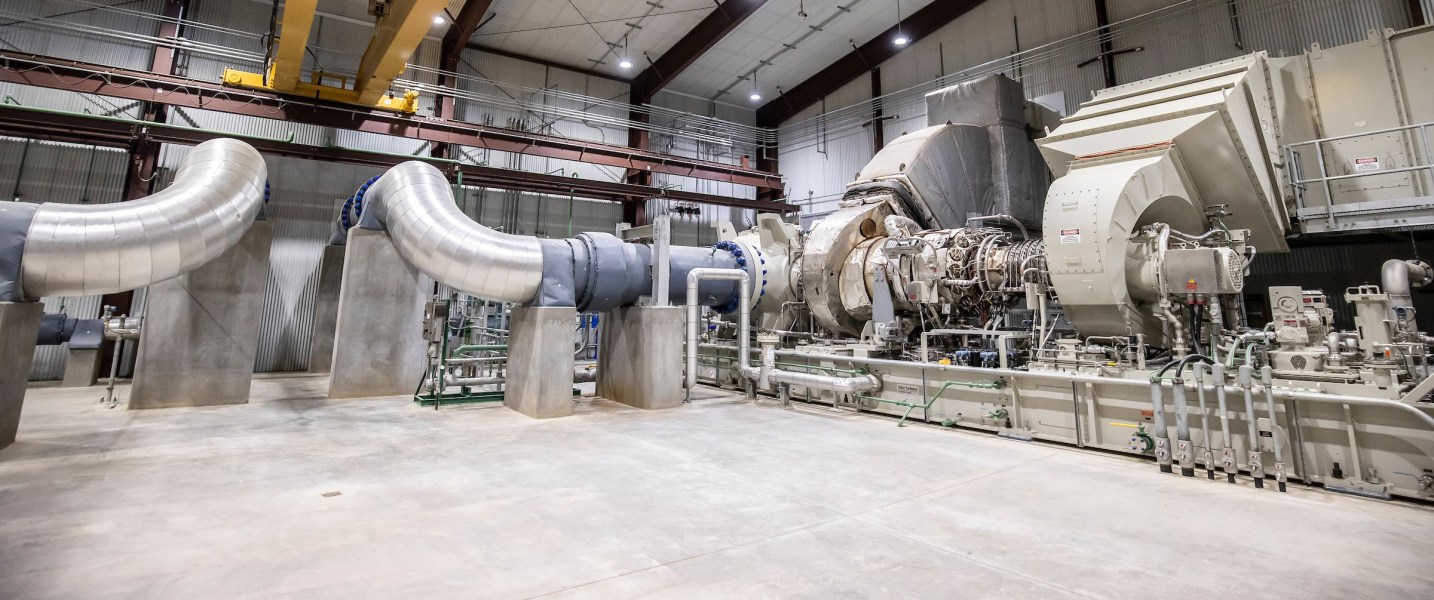Compressors are large mechanical devices that “push” natural gas along pipelines.
They use either rotational force or piston movement to increase the pressure and are key to the energy value chain.
Natural gas can also be compressed and cooled to create liquefied natural gas, allowing it to be transported by ship over long distances where pipelines are unable to be installed.
Williams is making several state-of-the-art upgrades to compressor stations that move gas along our Transco and Northwest Pipelines.
These investments will allow us to continue to reliably support American’s clean energy economy.
We are phasing out more than 180 legacy reciprocating compressor engines and turbines over a multi-year period. We’ll replace the retired horsepower with a combination of modern natural gas fired turbines and electric motor-driven compression equipped with compressor vent gas reduction and recovery systems.
One example of new emissions-reducing technology is selective catalytic reduction, which works in a manner similarly to how a catalytic converter works in automobiles.
You can learn more about our collaboration with industry partners to better understand and mitigate methane emissions across the gas value chain.
